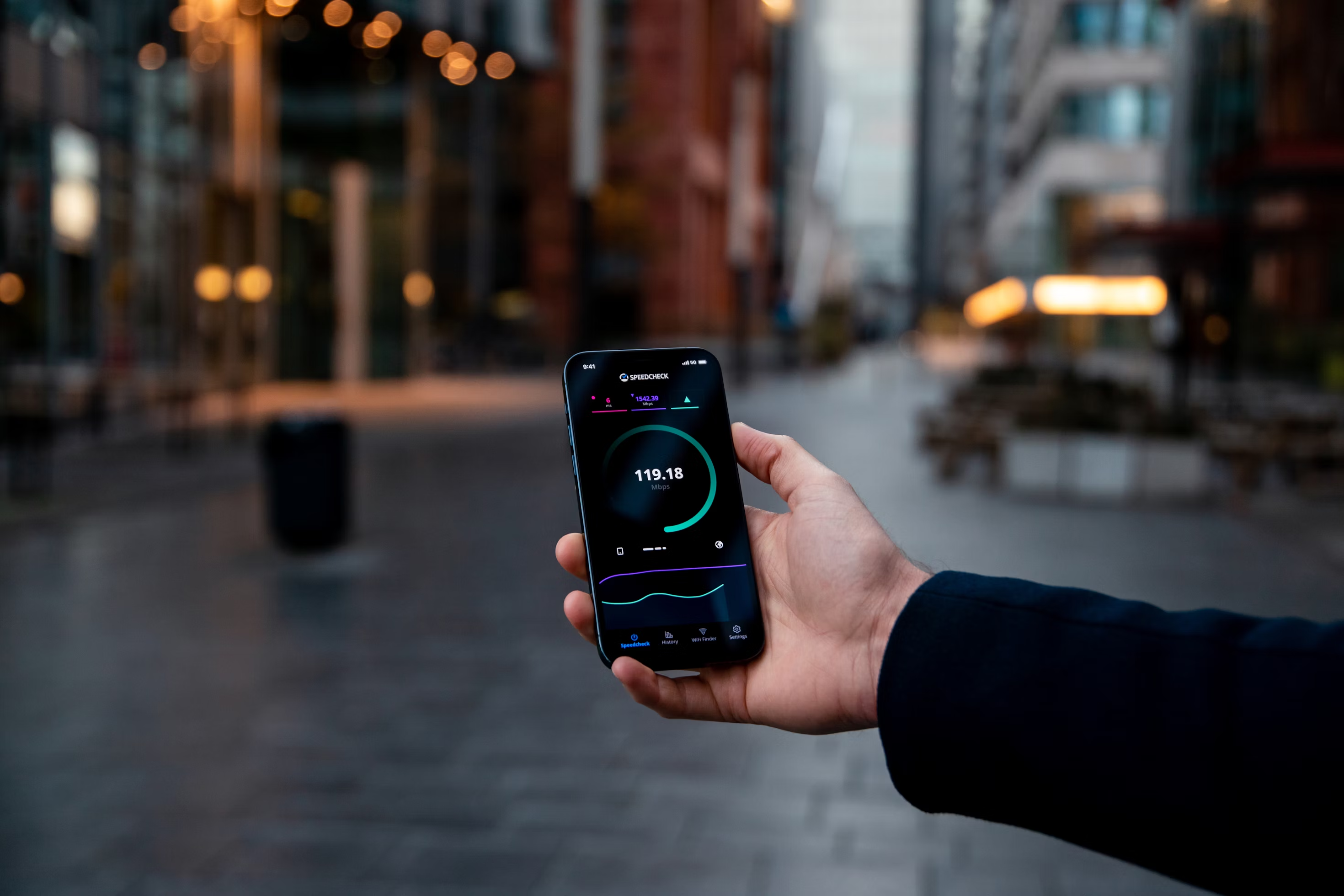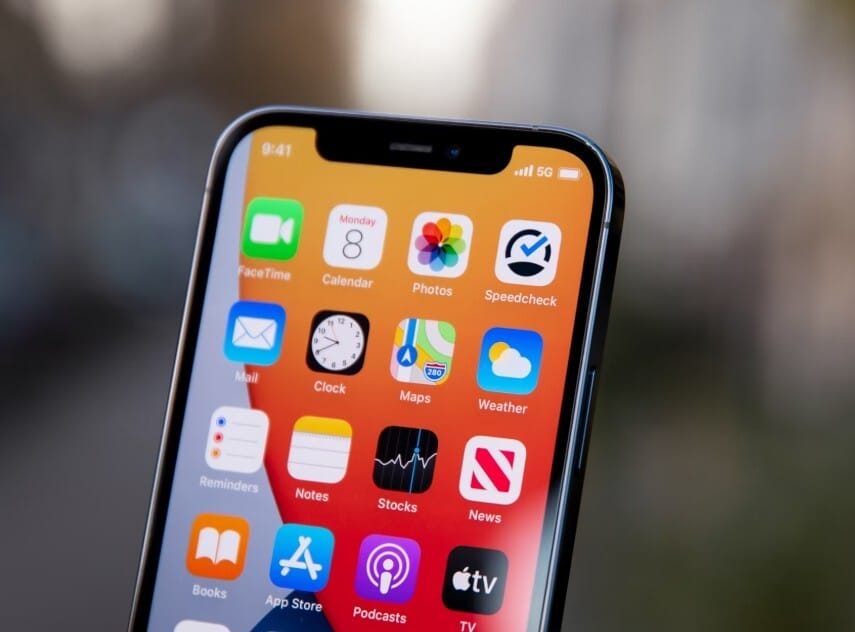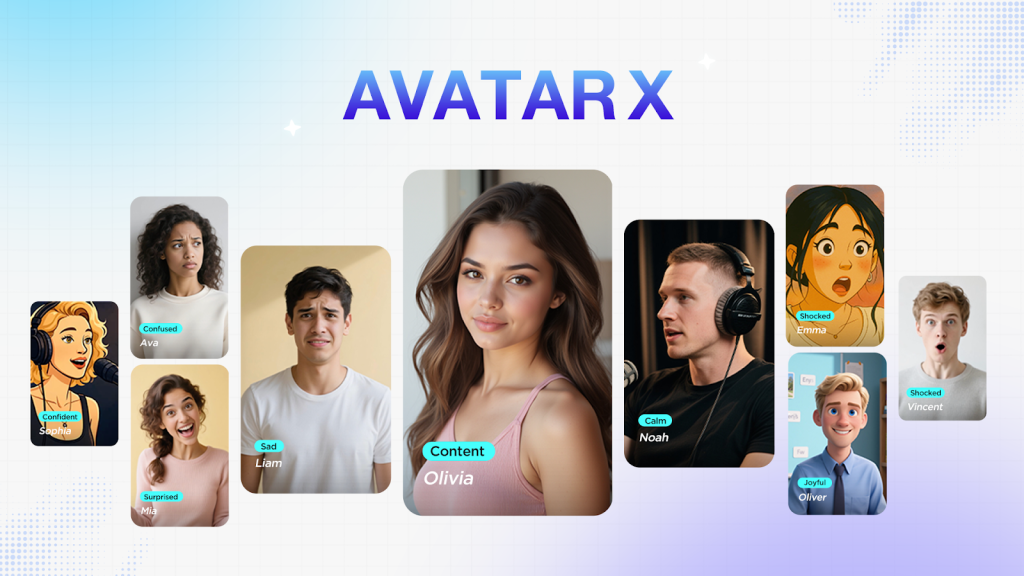As we’ve become accustomed to super-fast internet speeds, it’s hard to remember a time when web pages took several minutes to load. In the early days, 3G was groundbreaking, giving people the ability to access the internet from their cell phones. When 4G came out, it was a significant jump, with improved data speeds that made smartphones the capable devices they are today.
We’ve now entered the 5G era, which has left 3G and 4G technologies in the dust, offering unprecedented speed, reduced latency, and the ability to connect a large number of devices at the same time. Given this giant leap forward, it’s not surprising that many are wondering just how ultra-fast internet will change our lives in the future; in this article, we look at the different possibilities.
The Key Features of 5G
If you live in an area with 5G coverage, you’ve likely noticed your smartphone experience is much different than it was just a couple of years ago. That’s because 5G’s data speeds are much higher than its predecessors, potentially reaching peak rates of up to 10 gigabytes per second. What that means for you as a smartphone user is when you stream an episode of The Mandalorian, you don’t have to deal with frustrating buffering or lag, and if you want to download a TV series or movie to watch offline, it won’t take a long time.
For online gamers, 5G means they can play their favorite titles on their smartphones and tablets without interruptions, thanks to ultra-low latency and faster, more stable connections. By most measures, the rollout of 5G in the UK has been a success. That means many users in this region of the world get to enjoy the faster speeds it offers. From UK online bingo to battle royale titles like Fortnite, all games benefit from 5G networks. These games benefit from faster loading times, smoother gameplay, and better real-time interactions during live games.
Transformative Applications Across Industries

5G’s benefits aren’t limited to our smartphone experiences; it’s driving significant change across many different sectors. In healthcare, 5G’s low latency and high reliability have made remote surgeries possible, allowing specialists to use robotic instruments to operate on patients in different locations. Wearable devices have also benefited from 5G’s fast speeds, monitoring users in real time and continuously collecting patient data, and alerting doctors when something is wrong.
In the transportation field, 5G is aiding the development and operation of autonomous vehicles and has provided the infrastructure needed for vehicle-to-everything (V2X) communication. This connectivity makes it possible for cars to interact with each other and traffic systems, improving road safety and efficiency. Smart traffic management systems also take advantage of 5G, using it to monitor and control traffic flows dynamically. All of this is helping cut down on road congestion and improve urban mobility.
We’ve briefly mentioned how 5G is improving entertainment when it comes to gaming and streaming, but that’s not all. 5G’s high bandwidth is also making it possible for people to enjoy immersive experiences like virtual reality and augmented reality on mobile devices, so they can enjoy more interactive and engaging content on the go.
In the workplace, 5G’s capabilities are being put to use in virtual classrooms where real-time interaction is a must, helping to make remote education more effective and accessible. As for remote work, 5G networks are making it possible for global teams to use collaboration tools to communicate and collaborate efficiently, no matter where individual employees are located.
6G and Beyond
At some point, 6G will be on the horizon, making 5G look like an antiquated relic of the past. While we don’t know exactly what 6G will offer, it will likely feature terahertz waves that use higher frequency bands for even faster data speeds. This technology will support applications like holographic communication and advanced AI-driven connectivity. Until that comes to pass, most of the world will be satisfied with 5G.





















